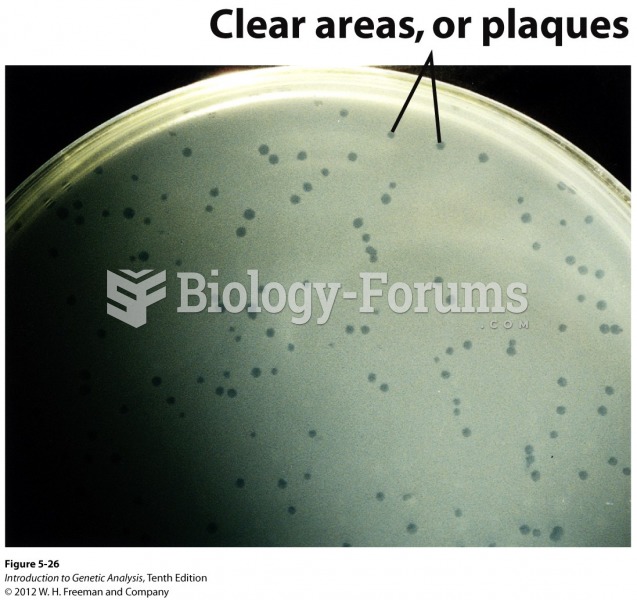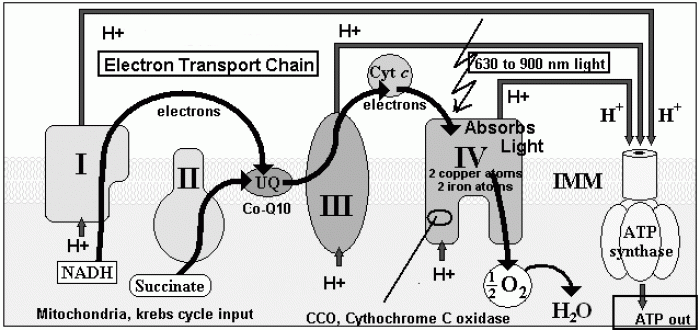|
|
|
A strange skin disease referred to as Morgellons has occurred in the southern United States and in California. Symptoms include slowly healing sores, joint pain, persistent fatigue, and a sensation of things crawling through the skin. Another symptom is strange-looking, threadlike extrusions coming out of the skin.
Urine turns bright yellow if larger than normal amounts of certain substances are consumed; one of these substances is asparagus.
Opium has influenced much of the world's most popular literature. The following authors were all opium users, of varying degrees: Lewis Carroll, Charles, Dickens, Arthur Conan Doyle, and Oscar Wilde.
Earwax has antimicrobial properties that reduce the viability of bacteria and fungus in the human ear.
It is difficult to obtain enough calcium without consuming milk or other dairy foods.







